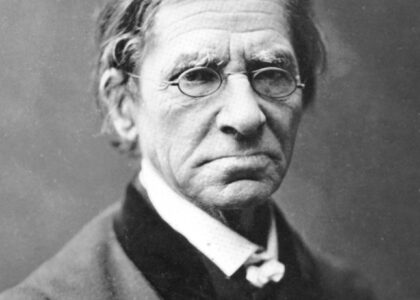Welcome to the Dinosaur Science Museum and Research Center in Keene, Texas, a hidden gem in the world of paleontology. Established on the campus of Southwestern Adventist University, this museum offers a fascinating journey into the ancient past, focusing primarily on Late Cretaceous fossils. The museum was founded as part of the university’s commitment to both education and research, providing a hands-on resource for students and a captivating attraction for visitors.
The museum’s story begins with Southwestern Adventist University’s long-standing interest in the natural sciences. As an institution deeply rooted in the Seventh-day Adventist tradition, the university has always embraced the study of the natural world. Over the years, the museum has grown into a respected center for paleontological research, thanks largely to its active fossil preparation lab and numerous field expeditions.
Among the notable figures associated with the museum is Jonathan Hobart, a paleontologist who has contributed significantly to the study of ceratopsian diversity and evolution. His work, alongside that of other researchers, has helped to place the museum on the map as a hub of serious scientific inquiry.
The museum not only showcases an impressive collection of fossils but also offers visitors a unique glimpse into the process of paleontological research. With active lab spaces and displays on excavation techniques, guests can witness the meticulous work that goes into uncovering and understanding the past.
A particularly interesting feature of the museum is its approach to science and faith. While it maintains a perspective consistent with Biblical creation, the museum is committed to the scientific method and remains open to the broader scientific community. This dual commitment is evident in their hosting of guest lectures by paleontologists from diverse backgrounds.
The museum’s collections include over 30,000 dinosaur bones, many of which have been meticulously cataloged and preserved on-site. Visitors can explore the collections area to see fossils both large and small, offering a comprehensive view of the ancient ecosystems that once thrived in the region.
In broader historical context, the museum is a testament to the enduring human fascination with dinosaurs and the ongoing quest to understand the Earth’s history. It stands as a bridge between scientific inquiry and public education, inviting all who visit to ponder the mysteries of life that walked the Earth millions of years ago.





